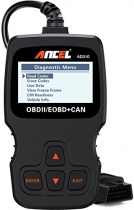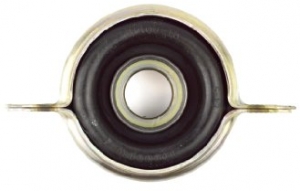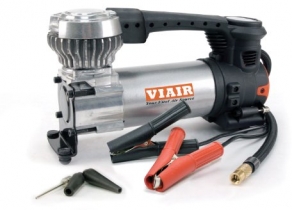-
Welcome to Tacoma World!
You are currently viewing as a guest! To get full-access, you need to register for a FREE account.
As a registered member, you’ll be able to:- Participate in all Tacoma discussion topics
- Communicate privately with other Tacoma owners from around the world
- Post your own photos in our Members Gallery
- Access all special features of the site
Renogy DC to DC MPPT Charger Install
Discussion in 'Technical Chat' started by vwkidd, Apr 9, 2020.


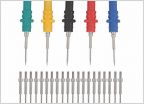 Sensor code but sensor tests good
Sensor code but sensor tests good Combine x2 Power AGM w/Jackery. Does this make any sense?
Combine x2 Power AGM w/Jackery. Does this make any sense?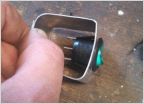 [HOW-TO]: LED Strip Lighting For Roof Top Tent (RTT)
[HOW-TO]: LED Strip Lighting For Roof Top Tent (RTT)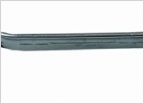 Adjusting the &%#!in' drum brakes
Adjusting the &%#!in' drum brakes












